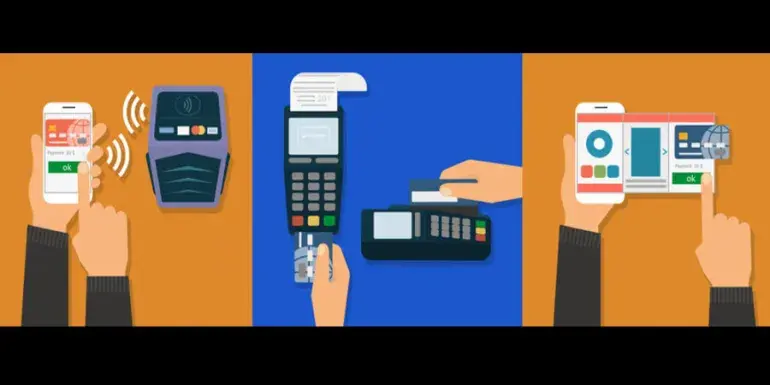Technological Trends in Retail POS
Digitalization has penetrated into every aspect of our lives and has transformed the way any business is run. With new technologies being introduced every day, the scenario of the retail business is ever-changing. Retailers have shifted their focus towards constantly enhancing the shopping experience. They can achieve high levels of customer satisfaction and loyalty if they are able to gauge customer needs by being highly data-driven. POS is the touchpoint wherein retailers can collect high-quality data, consequently, making it a bridge between the business and the customer.
In this article, we are about to share a few technological trends in retail payment that need to be implemented in order to scale up the business.
1. Mobile payments
Cash has been the primary mode of payment for many years. However, with the rise in mobile device users, the payment mode is gradually changing - customers have started preferring cards and mobile wallets to complete a transaction.
Additionally, using mobile-POS solutions to complete retail transactions has given organizations an added advantage over their contemporaries as they are able to reduce the checkout time and, thus, provide better shopping experience. On top of that, mPOS solutions help retail employees engage more with customers, understand their needs, and personalize their in-store experience.
Retail owners need to implement POS solutions that can be easily integrated with various mobile wallet vendors and also invest in a good mPOS solution like Zwing.
2. Cloud-based POS
Cloud technology enables users to store data on a cloud platform which can be accessed from anywhere. POS solutions that are hosted on a cloud platform help retailers have access to all information across all stores and channels (online and offline). Moreover, it helps them update all their systems centrally and provide a consistent experience to the customers.
Cloud-based POS solutions, such as Ginesys, empowers retail businesses with uniformity of data, negligible chances of data loss, and assurance of data integrity. With these, the business runs smoothly and the customer experience is enhanced.
3. Big data and analytics
The industry is expanding every passing day and so are the options for customers to choose from. Customers stick to retailers only if their expectations are met. Retailers can understand the need of their customers with the help of big data.
Big data helps retailers collect customer information such as preferred styles, previous purchases, product search history, and the like. By leveraging these analytics, they are able to personalize the experience by displaying products that best suit customer needs and deprioritize the rest.
Retail business owners must use a great POS solution that uses big data to gauge customer expectations and help turn them into their raving fans.

